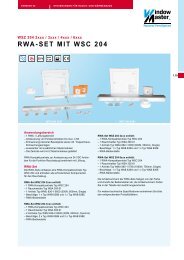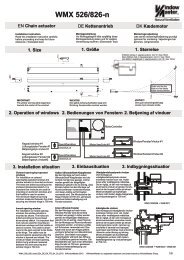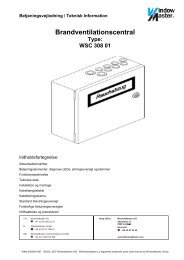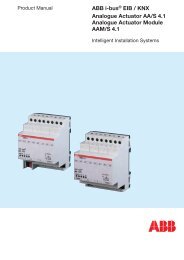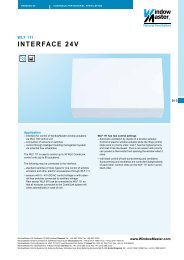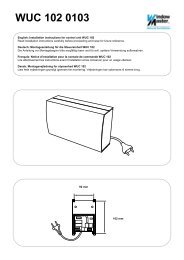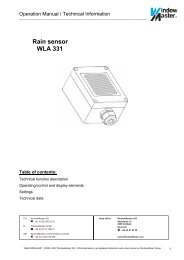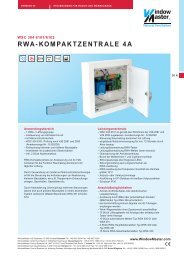ABB i-bus® EIB Universal Interfaces US/U 4.2 US/U ... - WindowMaster
ABB i-bus® EIB Universal Interfaces US/U 4.2 US/U ... - WindowMaster
ABB i-bus® EIB Universal Interfaces US/U 4.2 US/U ... - WindowMaster
You also want an ePaper? Increase the reach of your titles
YUMPU automatically turns print PDFs into web optimized ePapers that Google loves.
<strong>ABB</strong> i-bus ® <strong>EIB</strong><br />
<strong>Universal</strong> <strong>Interfaces</strong><br />
<strong>US</strong>/U 2.2, GH Q631 0074 R0111<br />
<strong>US</strong>/U <strong>4.2</strong>, GH Q631 0070 R0111<br />
The following drawing clarifies the function:<br />
Without<br />
distinction between<br />
short/long<br />
With<br />
distinction between<br />
short/long<br />
Input signal<br />
T L<br />
Possible reaction<br />
to the input signal<br />
Possible reaction<br />
to the input signal<br />
Diagram 1: Distinction between short/long operation in the “Switch sensor” function<br />
T L is the period after which a long operation is detected.<br />
Parameter: “Cyclic transmission of object ‘Telegr. switch’”<br />
This parameter is visible if there is no distinction between a short and long<br />
operation.<br />
The object “Telegr. switch” can be sent cyclically e.g. to monitor the life signs<br />
of the sensor.<br />
If the parameter value “always” is selected, the object sends cyclically<br />
on the bus, regardless of its value.<br />
If the parameter value “if ‘switch’ = ON” or “if ‘switch’ = OFF” is set,<br />
only the corresponding object value is sent cyclically.<br />
You can receive further information about the topic “Cyclical sending”<br />
in section 5.3.<br />
Parameter: “Reaction on closing the contact” or<br />
“Reaction on opening the contact”<br />
This parameter is visible if there is no distinction between a short and long<br />
operation. It can be set separately for each pulse edge whether the object<br />
value should be “ON, “OFF”, “TOGGLE” or “no reaction”.<br />
If cyclical sending has been parameterised, it is possible to select the option<br />
“terminate cyclic transmission” so that an operation of the input can stop the<br />
cyclical sending without a new object value being sent.<br />
Parameter: “Telegram is repeated every (‘transmission cycle time’)”<br />
This parameter is visible if cyclical sending has been set.<br />
The transmission cycle time describes the interval between two telegrams<br />
that are sent cyclically.<br />
Transmission cycle time = Base x Factor.<br />
Parameter: “Connected contact type”<br />
This parameter is visible if there is no distinction between a short and long<br />
operation.<br />
It is possible to select whether the contact at the input is a normally closed<br />
contact or a normally opened contact.<br />
12



